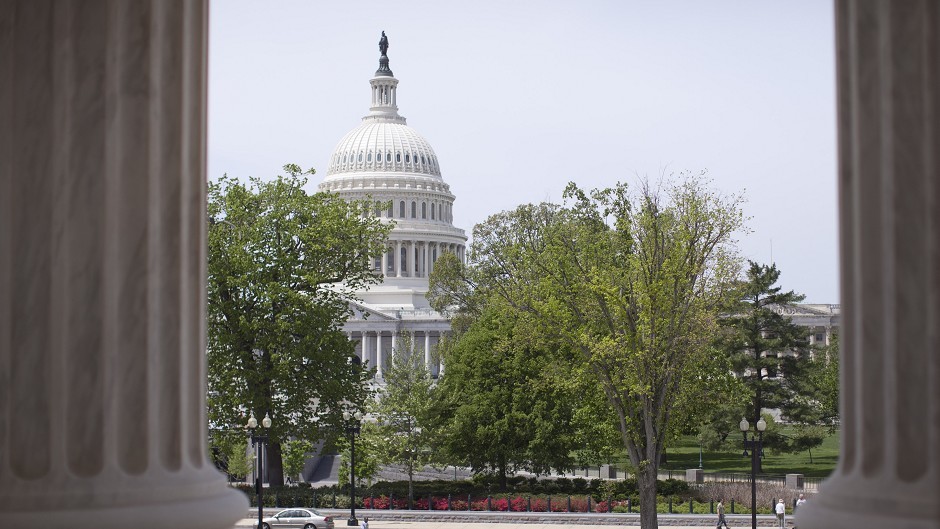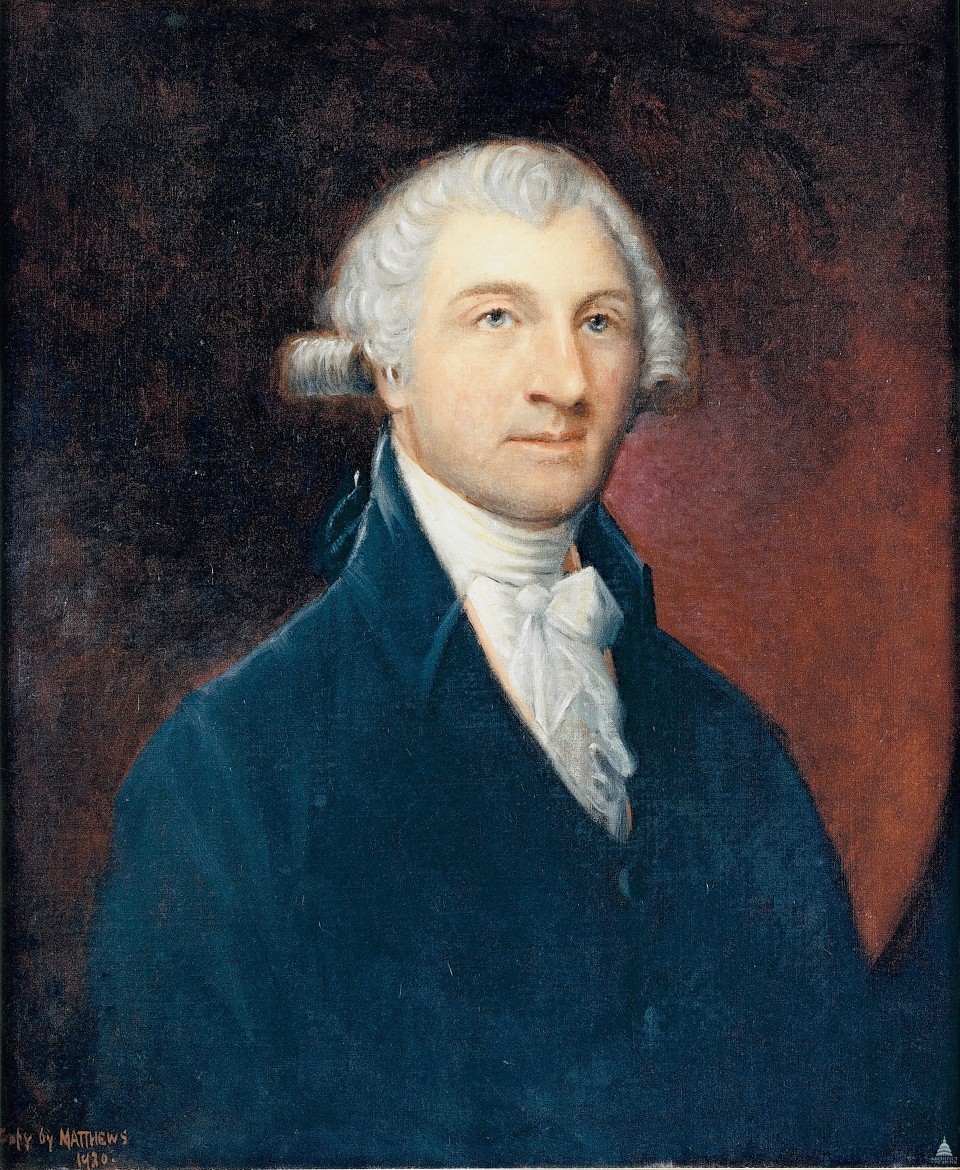The P&J’s Westminster correspondent Lindsay Razaq swaps UK politics for the US Presidential election.
The United States Capitol is among the most widely recognised symbols of democracy in the world.
Undoubtedly less well known is the fact the original building was designed by a graduate of the Granite City.
Dr William Thornton was an amateur architect, whose vision – thought to be inspired by the Louvre and Pantheon – was chosen by President George Washington in a competition in 1793.
As such he is regarded as the “first architect”.
He was given $500 and allocated a lot in the city, although did not oversee construction.
Born in the West Indies, Dr Thornton was sent to the UK at a young age to be educated.
He went on to study medicine in Edinburgh and London before ultimately receiving his medical degree from Aberdeen University.
His interest in architecture is understood to have been encouraged while exploring Scotland, particularly the Highlands, when he made sketches of castles and landscapes.
After moving to the US, Dr Thornton became an American citizen and was later appointed one of the city’s commissioners.
In 1802, he was made head of the Patent Office, a position he held until his death in 1828.
As well as the original Capitol, he was asked to design a range of other buildings in Washington, including the Octagon, now owned by the American Institute of Architects.
Bizarrely, Dr Thornton is also known for his plan to bring a newly deceased President Washington back to life.
When he fell ill, the physician was invited to Mount Vernon – the family home – to help, but arrived too late, finding him dead.
His plan for resuscitation, which involved thawing Washington’s body in water, inflating his lungs with air and giving him a blood transfusion, was rejected.
The US Government moved to DC at the start of the 19th century before the Capitol was finished.
Congress squeezed into the north wing, until the southern wing for the House of Representatives was completed in 1807.
In 1814, however, it was burned down by British troops during America’s second war with Great Britain.
Five years later, the two wings were reopened and a central building later completed to join them.
As the number of states grew, the site had to be extended further.
The dome on the capitol building today looks like stone, but it is made of cast iron, painted white.
In 1863, the Statue of Freedom was placed at its top.
Beneath it is the Rotunda, regarded as the heart of the building.
A grand, ceremonial space, it is used for state funerals and houses a number of statues of notable citizens.
Among them are Martin Luther King Jnr and Rosa Parks, who prompted the Montgomery Bus Boycott after refusing to
give up her seat for a white passenger.

